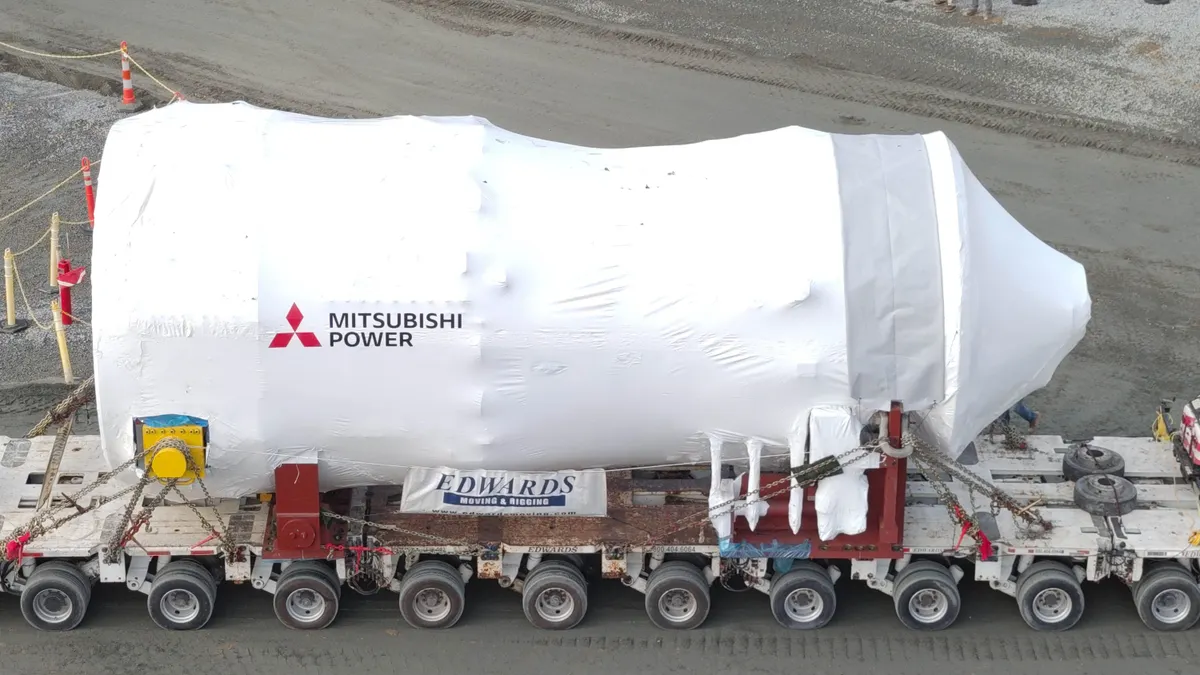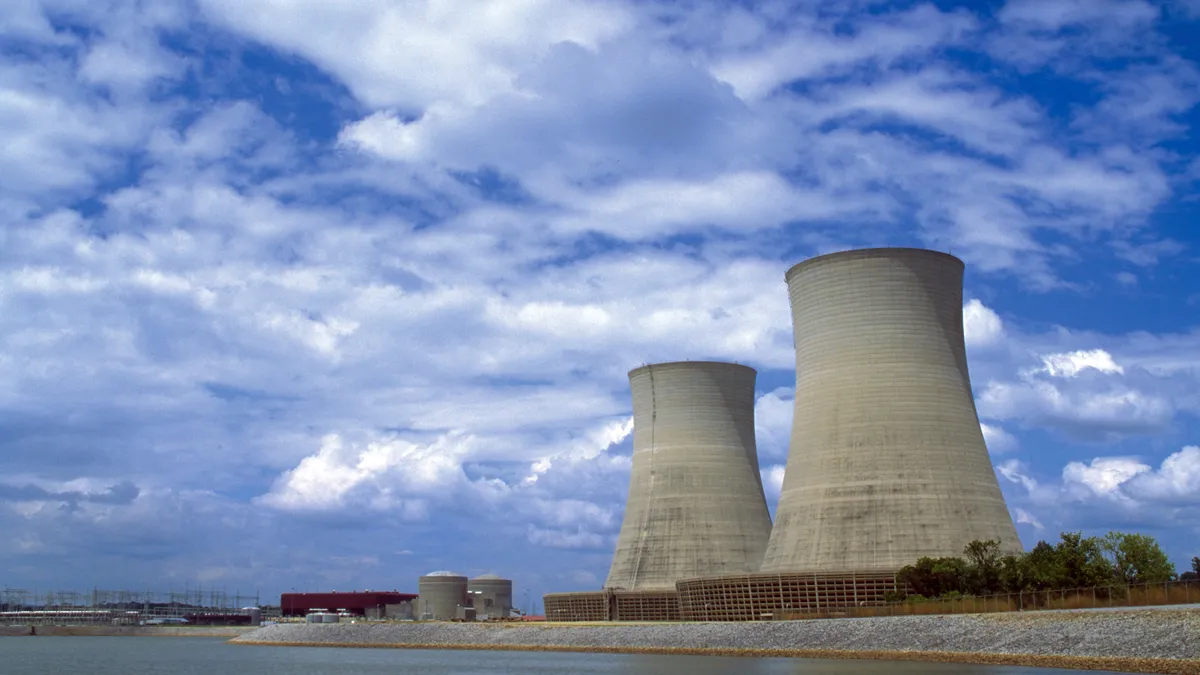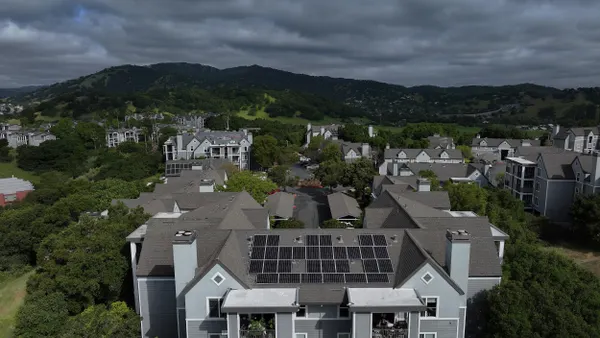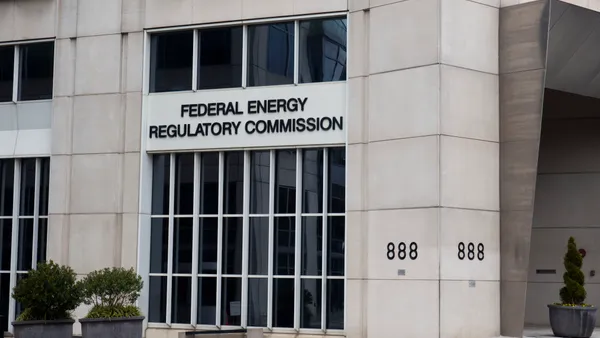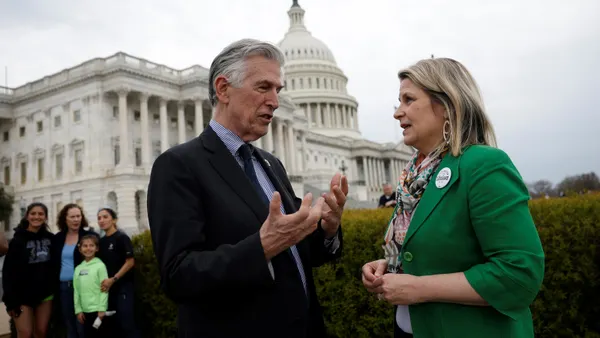Anticipation is building for utilities as they await decisions on their applications for Infrastructure Investment and Jobs Act (IIJA)/Bipartisan Infrastructure Law (BIL) federal funding. The gravity of the task ahead cannot be understated—and one truth learned from the 2008 Smart Grid Investment Grant (SGIG) awards is that preparation is critical. The period between application submission and awarded funding is valuable for focusing on key pre-award activities that best position the utility for execution success.
Being proactive on four primary pre-award activities are crucial for project success:
1. Develop the Cybersecurity Plan (CSP) – The CSP is an important required document for all grants under Topic Area 2 (Smart Grid) and Topic Area 3 (Grid Innovation) of the Grid Resilience and Innovation Partnerships (GRIP) program. Although this plan is only required during contract negotiations, we recommend that applicants begin work on the CSP immediately. Developing a sophisticated plan requires a complex effort engaging multiple departments and vendors and could take several months to write. Key aspects of the CSP include:
- Demonstrating sophisticated understanding and governance of their existing and future vulnerabilities and how they will mitigate risks; this is especially pertinent to new or upgraded technology that will be installed with the grant funding.
- Incorporate the specific industry standards around critical infrastructure and control systems.
- Show how the utility plans to incorporate the DOE’s vulnerability testing and evaluations. In addition, processes must be developed to report hacks or other incidents to the DOE.
Utilities must develop and maintain an approach that is up to the challenge of cyber threats today. Malicious actors online are a constant threat to grid operations. In addition, a Government Accountability Office (GAO) report found that the current approach and activities around cybersecurity are lacking, leaving grid infrastructure vulnerable. It is strongly advised that all utilities to establish and uphold a robust cybersecurity plan within their operations, irrespective of funding.
A mature approach to cybersecurity that is woven into existing processes and addresses current and future threats is needed. In February, the DOE conducted a training webinar to help grant applicants understand these expectations, and Appendix E of the GRIP FOA document describes the contents of the plan. As grid devices have gotten “smarter”, they are increasingly vulnerable to online threats. Creating a hard separation between the operations and information networks will minimize the impact remote actors can have.
2. Refine the Project Management Plan (PMP) – Within 30 days of DOE award, a PMP is due and must be regularly updated. Although several components required of the PMP are submitted with the grant application, utilities should undertake an effort to review and refine these components with all stakeholders, especially if it was developed from preliminary planning only. Recommended actions include:
- Socialization of the full submitted application with all impacted functions that may not have been directly involved in the development of the application.
- Aggregation of the key components extracted from the submitted application that will make up the PMP document, including:
- Extracting the executive summary and technical approach from the technical volume.
- Extracting all key personnel, team members, and team member organizations by role, name, phone and email. For team members, align each to one or more of the planned activities defined in the Statement of Project Objectives (SOPO) that was submitted in the application.
- Extracting the planned budget and spend plan from the 424A form and identifying areas that may need to be refreshed since application. Summarize this in a quarterly spend plan by budget period.
- Extract the milestone log as outlined in the SOPO, with the defined key go/no-go points.
- Extract (or build if not supplied in the application) a risk management log. Refine or update these as needed.
-
Determining if any scope changes from application submission may have occurred (e.g., if portions of the scope have already begun, deployment timing updates are needed, updated vendor cost information, etc.) that can be adjusted within the above components.
The milestones and go/no-go decisions within the PMP will be contractually agreed to during funding negotiations. These binding terms will be used by the DOE for oversight on project progress and health. As a result, if the project falls behind schedule, funding may be reduced in future years.
In addition, ongoing supply chain issues put all installations at risk. A project schedule built with a strong understanding of procurement risks and adequate flexibility is vital to avoid bottlenecks and remain on track. Keep in mind that procured materials will also require adequate storage facilities; this may require an extended planning period.
3. Prepare for Equipment Procurement – Utilities should review all devices that will be installed as part of the project. Installations scheduled for 2024 may need the procurement process started as soon as possible to ensure that inventory is received in time:
-
Ongoing supply chain issues: lead times are inflated and manufacturers may run into unexpected delays.
-
Build America Buy America (BABA) requirements: demand will be significantly higher for the limited pool of vendors who meet those requirements.
In addition, reviewing the procurement plans in detail provides valuable insight into the PMP. A project schedule built with a strong understanding of lead times allows adequate flexibility to avoid bottlenecks and remain on track. Keep in mind that procured materials will also require adequate storage facilities; this may require an extended planning period. Lastly, reviewing the smart devices to be procured will provide insights for the CSP, setting up utilities for success during contract negotiations with the DOE.
4. Begin Planning for Necessary Internal Policy Changes – Federal agencies will expect organizations have the appropriate governance structure and policies in place to provide assurance that it can comply with the federal regulations that come with receiving federal dollars. This may mean changes to existing written policies and procedures or creation of net new procedures such as:
-
Accounting process for all aspects of the project, including how allowable and unallowable costs will be defined, tagged and accumulated, how cost sharing will be tracked, claimed and reported, and how the organization will make requests for payments.
-
Defining a policy and procedure for procurement that aligns with the FOA requirements, such as processes for validating compliance with BABA provisions.
-
If subrecipients are part of the project, how these will be monitored and formally assigned as a subrecipient as required by the Code of Federal Regulations (CFR).
It will be critically important to ensure the above policies are explicitly written, approved and memorialized by the utility organization, with identified owners, such that the federal agency can validate compliance. These written policies may be requested as part of the pre-award process.
Conclusion
Proactivity in addressing pre-award activities can drastically increase the odds of successful project execution, particularly against the backdrop of evolving cybersecurity threats, dynamic project management needs and procurement complexities accentuated by supply chain constraints.
Overall, the path to securing federal funding is strewn with challenges, but utilities that commit to diligent preparation will undoubtedly be better positioned to navigate these hurdles and pave the way to project success. However, the value of preparation extends beyond securing federal funding - it underpins the ability to deliver safe, reliable and resilient services to the communities served. With the gravity of these potential impacts in mind, utilities must seize the opportunity to chart a course of action that fosters successful project execution and builds a foundation for a resilient, secure and sustainable energy future.
Questions about your utility’s funding and next steps? Contact author Calvin Tong.




